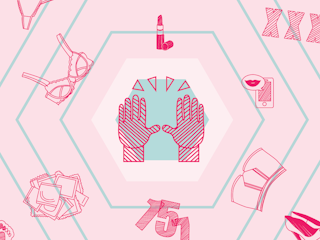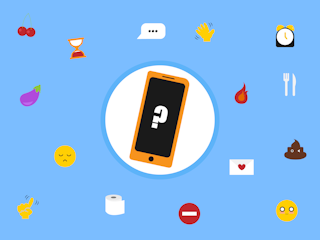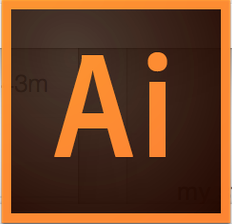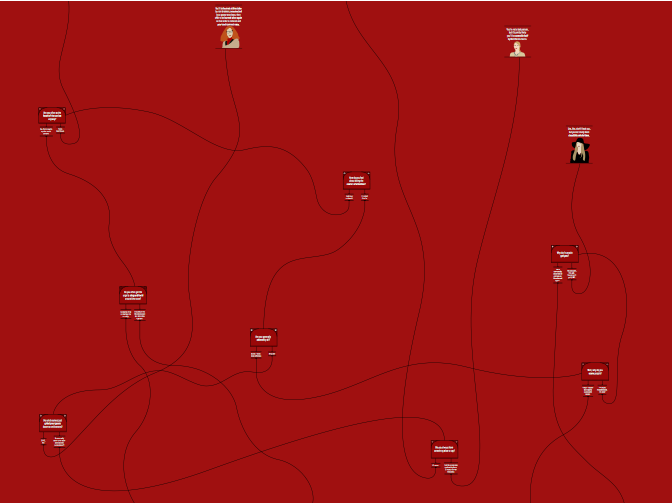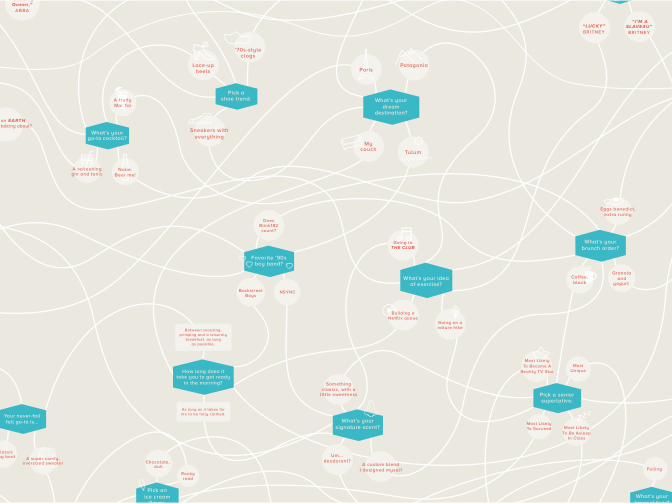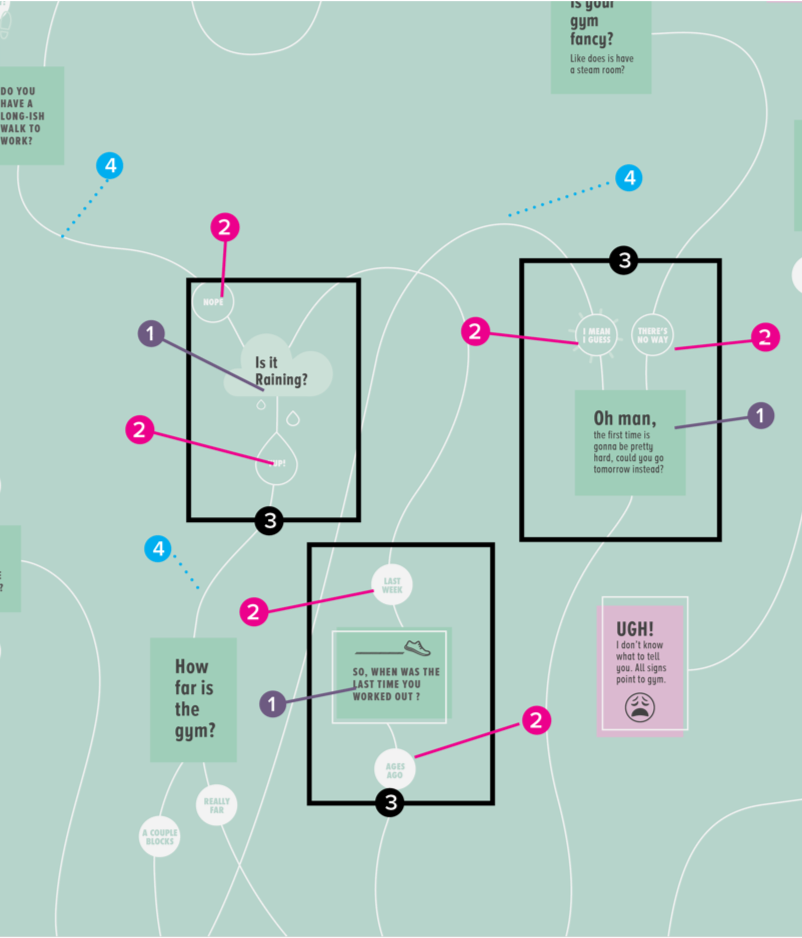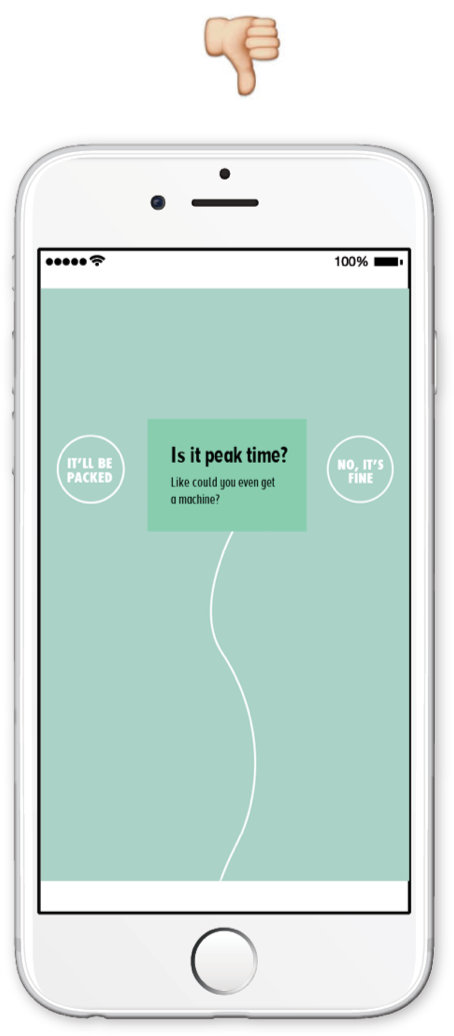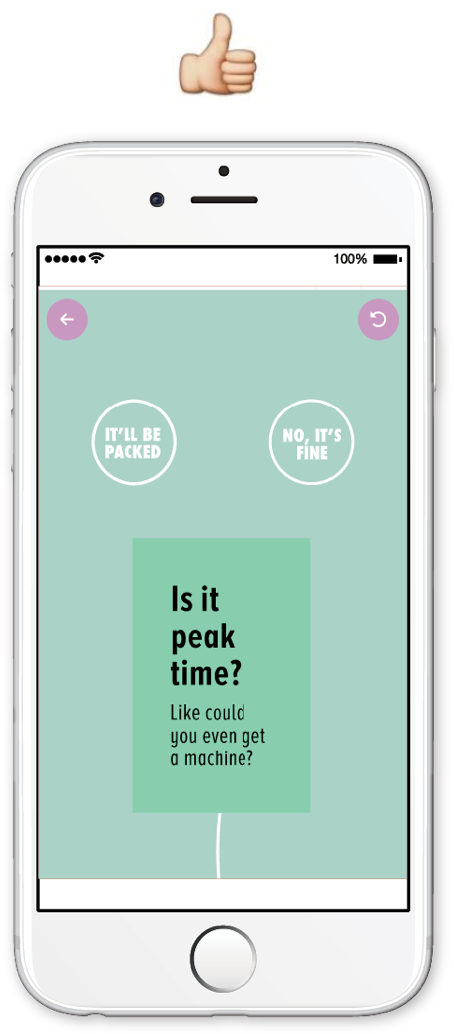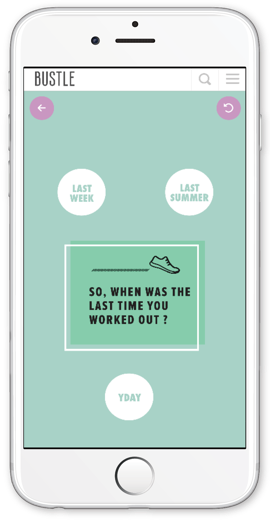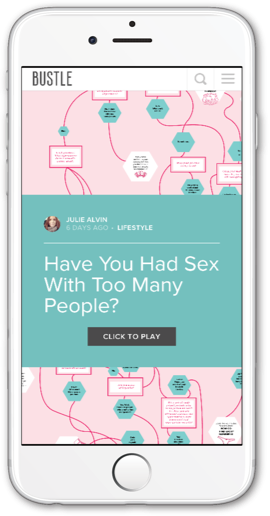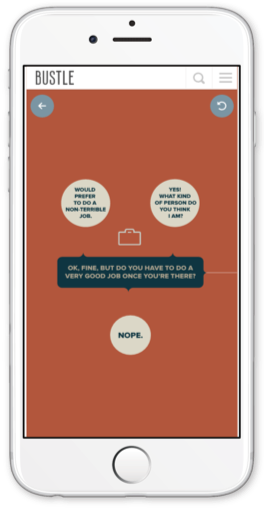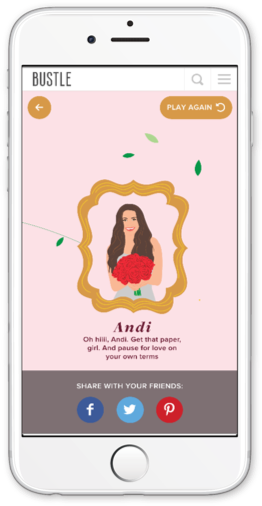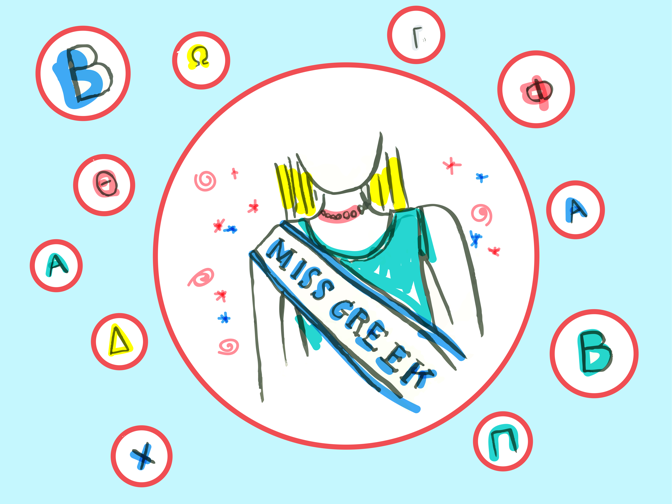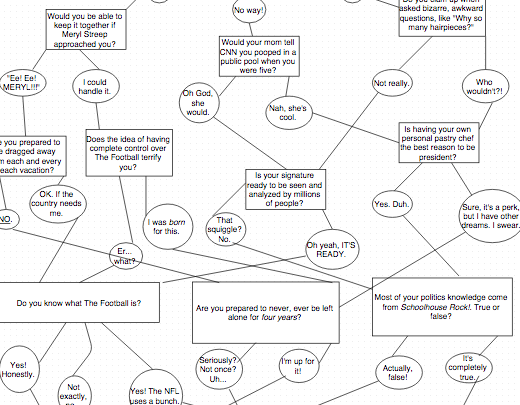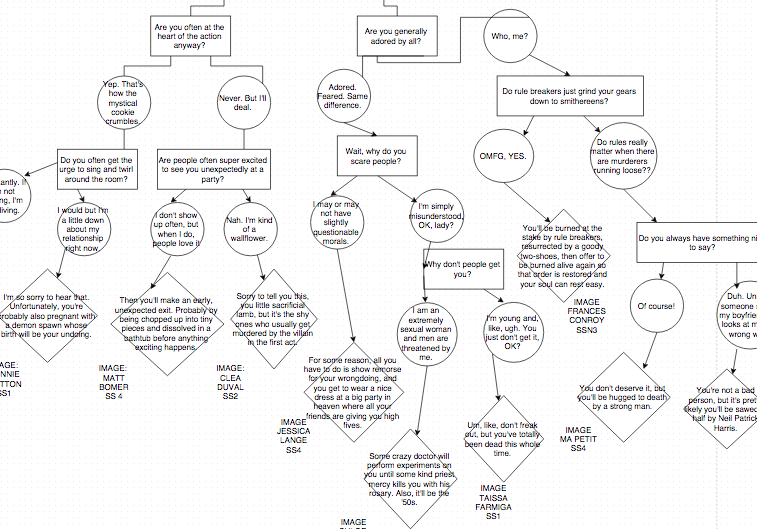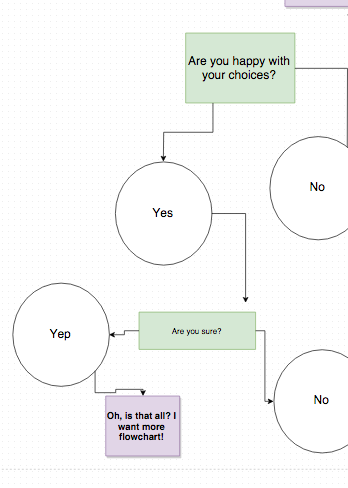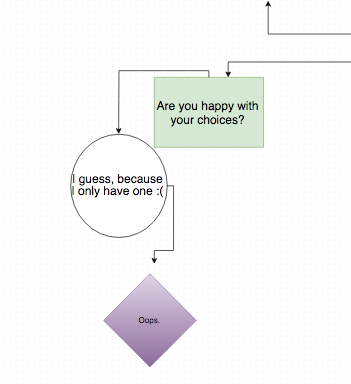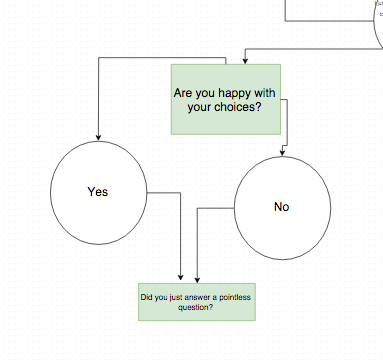Follow these instructions to make a kick ass Flower. It will come alive from a carefully grouped, and labled file. Click on these examples to download the ai. files for reference.
1
Lay it out
PROGRAM: Adobe illustrator. Do not imbed images, or non vector assets.
FONTS: Proxima Nova and Freight.
CONSISTANT STYLING OF COMPONENTS: Keep the styling consistant for the different elements. For example all questions should look similar, all choices should look similar, all options should look similar.
Terms
2
CHOICES: the multiple choice style answers corresponding to each question
3
NODES: Each question and its choices. Also the final answers. Each node will fill the phone screen
4
PATHS: the vector paths that connect one node to the next
When laying out the file think mobile! Make sure each node is legable within the aspect ratio of an iphone. It could be helpful to draw out a rectangle and use it as a template to double check it fits nicely.
Please check out examples on your phone.
2
Labeling party!
The key to making flower come alive is how you group, and lable your layers. It is easier to start by laying the chart out and then group everything, using the standards bellow.
NODES n.start
Each node needs to be grouped. They should contain all visual elements excluding paths. Be careful not to leave any illustration or decoration un grouped.
Each node should have a unique ID with no spaces or special characters. Name the group “n.” followed by the node ID (`n.raining, or n.start`). Choose an ID that relates to the question/answer for example n.raining labels a raining question. The first question of the Flower must always be n.start.
CHOICES c.start--rainingc.start--far
Within each node group, choices should be sub-grouped. They must be named starting with “c.”, its starting node ID, “--“, and its ending node ID (`c.start--raining`).
PATHS p.start--raningp.start--far
Paths should exist on their own layer. A single path must exist corresponding to the choice, but prefixed with “p.” (`p.start--raining`). You will notice the name is the same as the corresponding choice just with a p!
You must use the pen tool to create these, using the brush tool will not work.
The computer uses the direction of the path to guide the flowchart, so make sure you draw the path the correct direction. See blue path in the example.
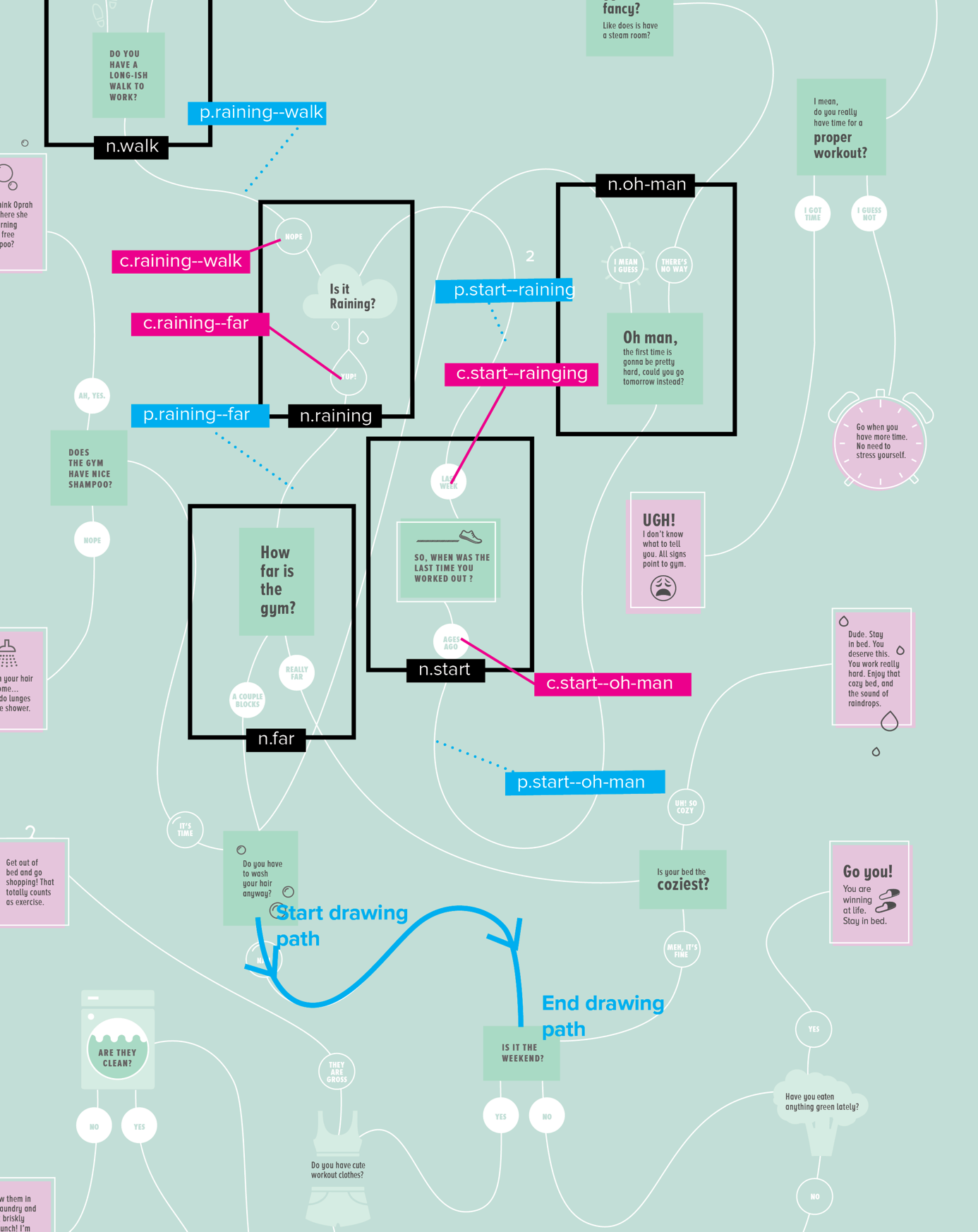
Drop your svg in the SVG checker to make sure everything is labled correctly!
3
Deliverables
A pdf, and an svg of the flower with all text outlined. When exporting the file, do not Preserve Illustrator Editing Capabilities.
A 1500 x 1300px image with no text on it. This will be used to socialise flower and will exist on other parts of the site. Here are some great examples.


